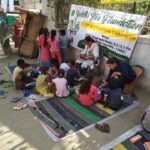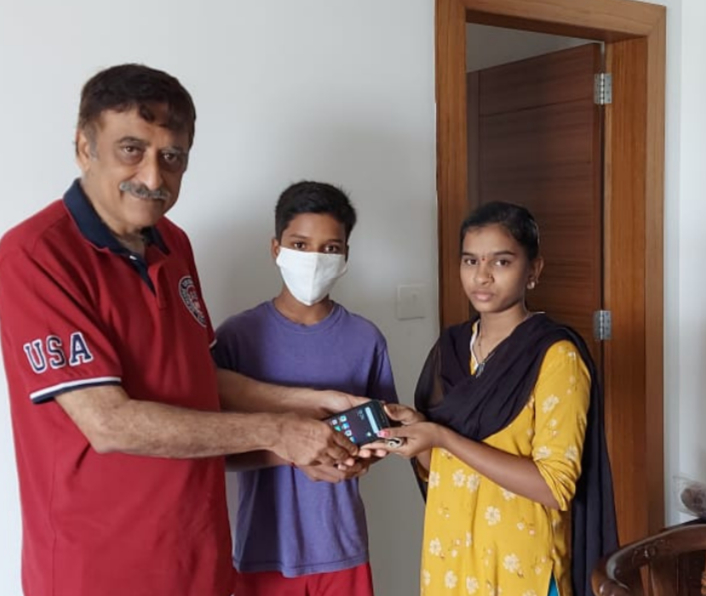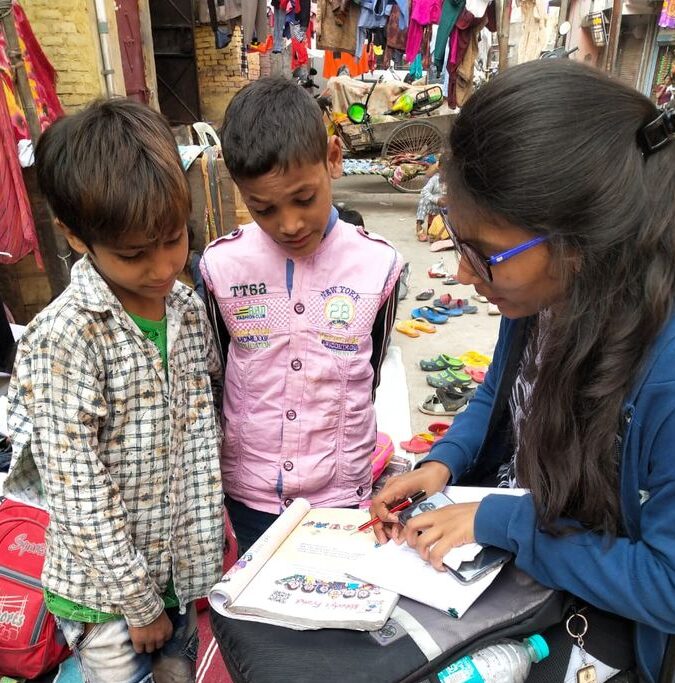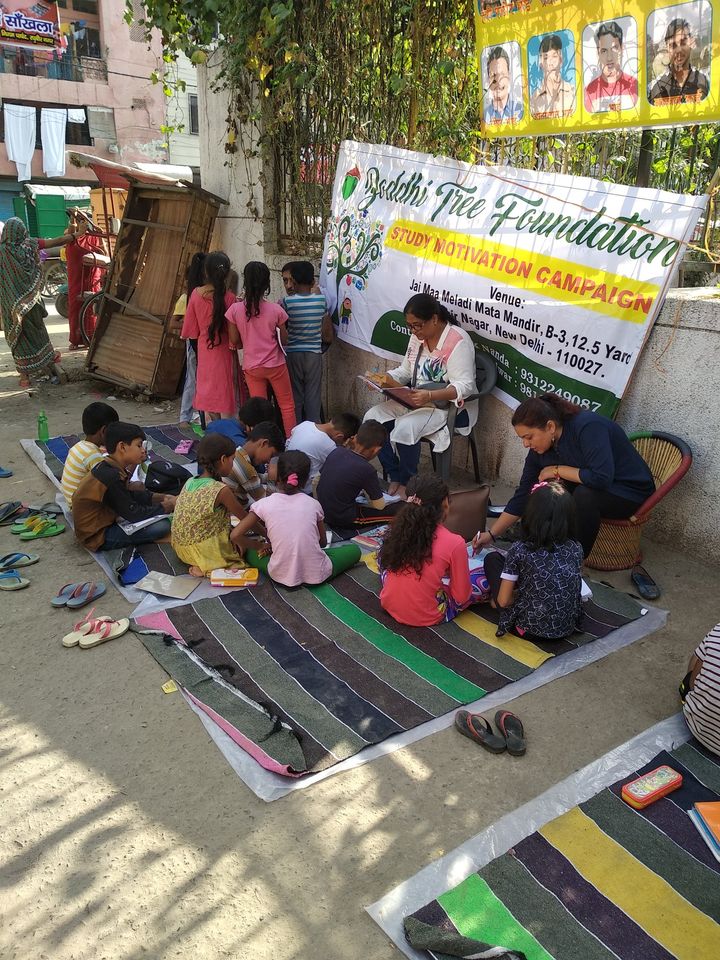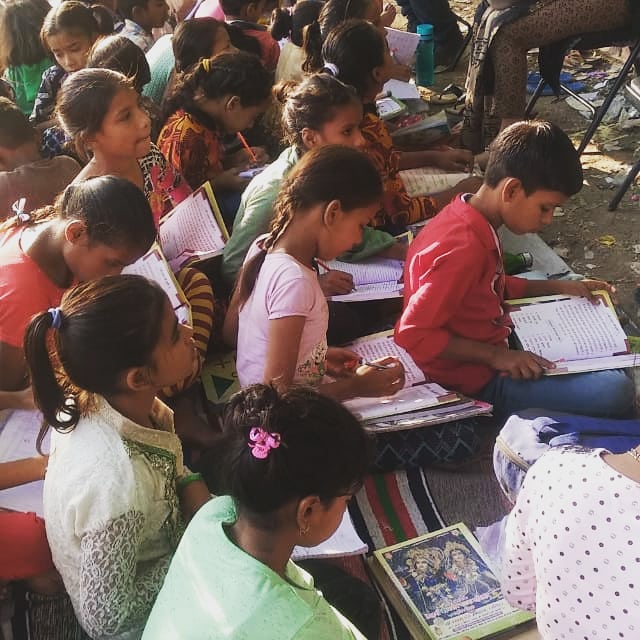When the COVID-19 pandemic struck, many classrooms across the country shut their doors. Like millions of educators, we at Boddhi Tree Foundation moved our teaching online, because learning couldn’t wait. Our students adapted, our teachers innovated, and together we made it work. But while online classes kept the light of education alive, they were never a perfect substitute; especially for children from rural and low-resource communities. Now, as we prepare to return to offline classrooms, we know this is more than a change in location. It’s a transformation in learning. 1. Access to Learning Materials - In online learning, many children struggled without reliable internet, smartphones, or electricity. An offline classroom removes those barriers. Here, every child has access to the same blackboard, the same books, and the same teacher, without depending on a network signal. 2. Human Connection and Confidence - Offline classrooms bring back what technology can’t replicate : the warmth of human connection. For children who may be the first in their families to attend school, direct interaction with teachers builds trust, confidence, and a sense of belonging. A smile, a nod, or a gentle word of encouragement can change a child’s day and their future. 3. Equal Opportunities for All - Online learning often widens the gap between students who have resources and those who don’t. In offline settings, that gap narrows. Everyone learns in the same environment, with equal attention and equal opportunities to ask questions, share ideas, and participate in group activities. 4. …
From Streets to Screens to Schools Again: Why Offline Education Changes Everything
- by Ankita Panda
- August 15, 2025
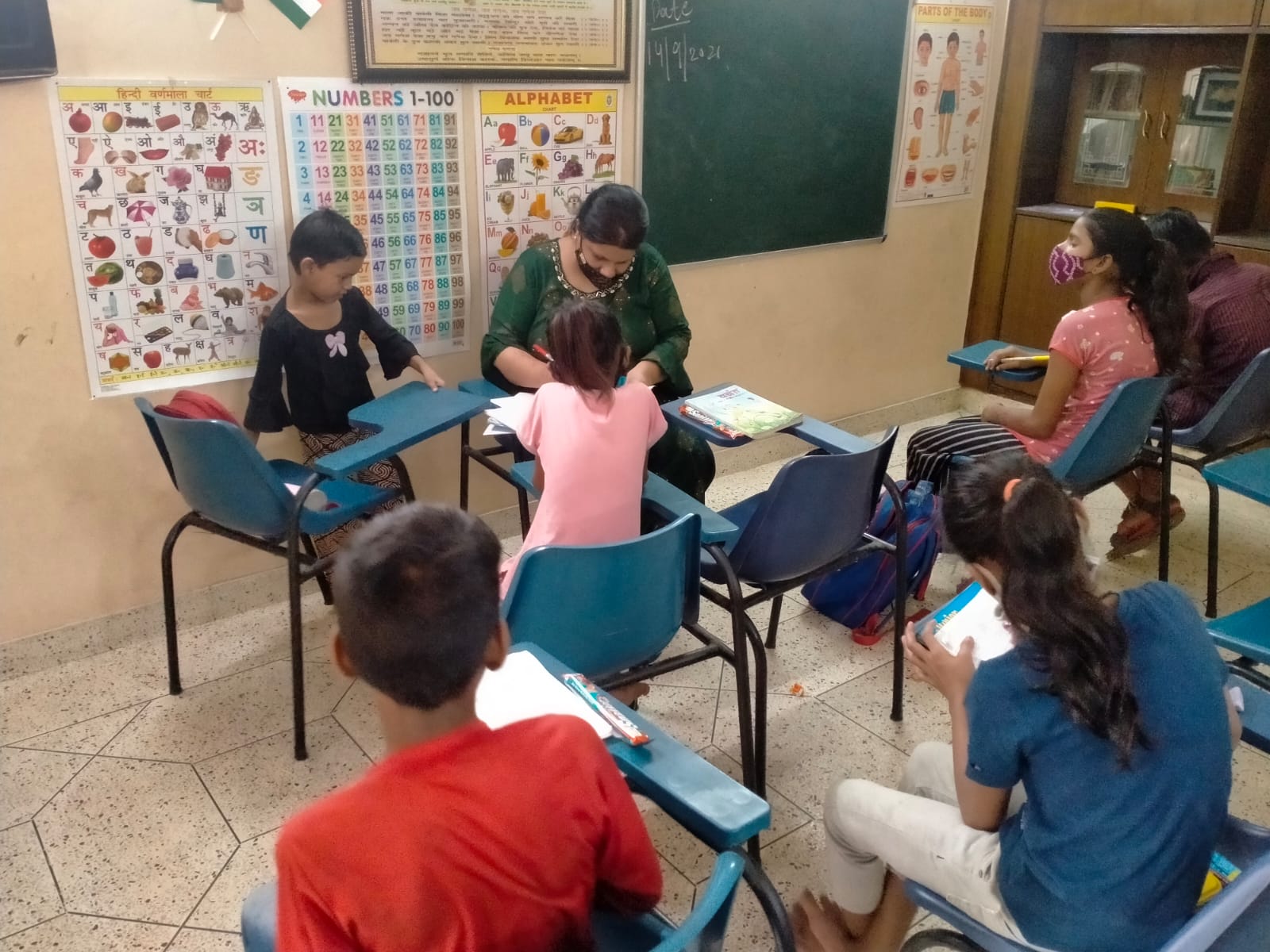

 But while online classes kept the light of education alive, they were never a perfect substitute; especially for children from rural and low-resource communities. Now, as we prepare to return to offline classrooms, we know this is more than a change in location. It’s a transformation in learning.
But while online classes kept the light of education alive, they were never a perfect substitute; especially for children from rural and low-resource communities. Now, as we prepare to return to offline classrooms, we know this is more than a change in location. It’s a transformation in learning.

